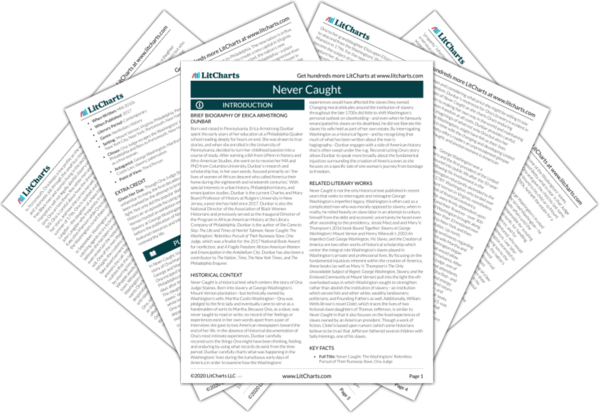Because the narratives of Black women—especially enslaved Black women—have been frequently erased from the historical record (and because enslaved Black women were hardly ever taught to read or write), there are no definitive records of Betty’s experiences. Dunbar, then, is forced to blend cultural knowledge of relations between Black women and white men at the time with the few records that do exist. With this in mind, the hypothesis that Ona was likely conceived through rape implies that it was common at this time for white people to sexually abuse Black slaves.
